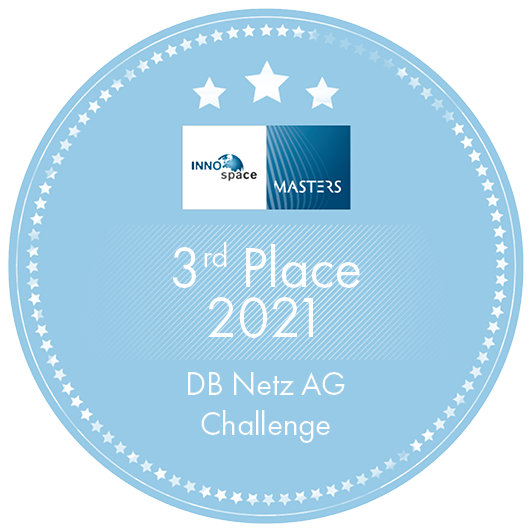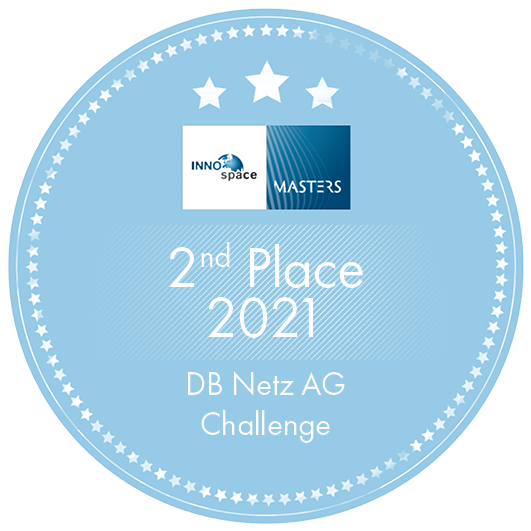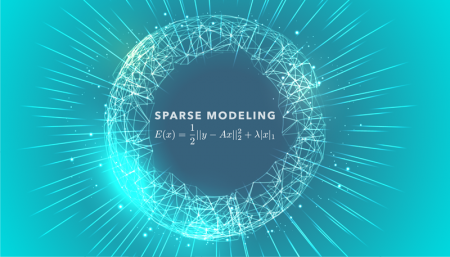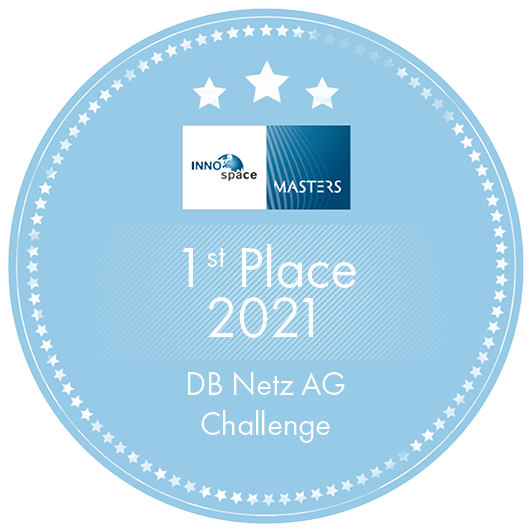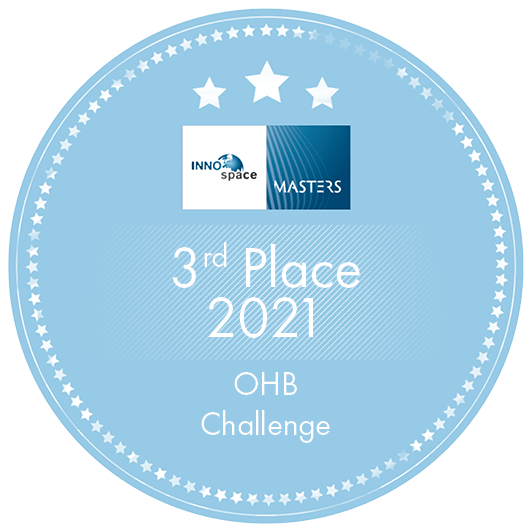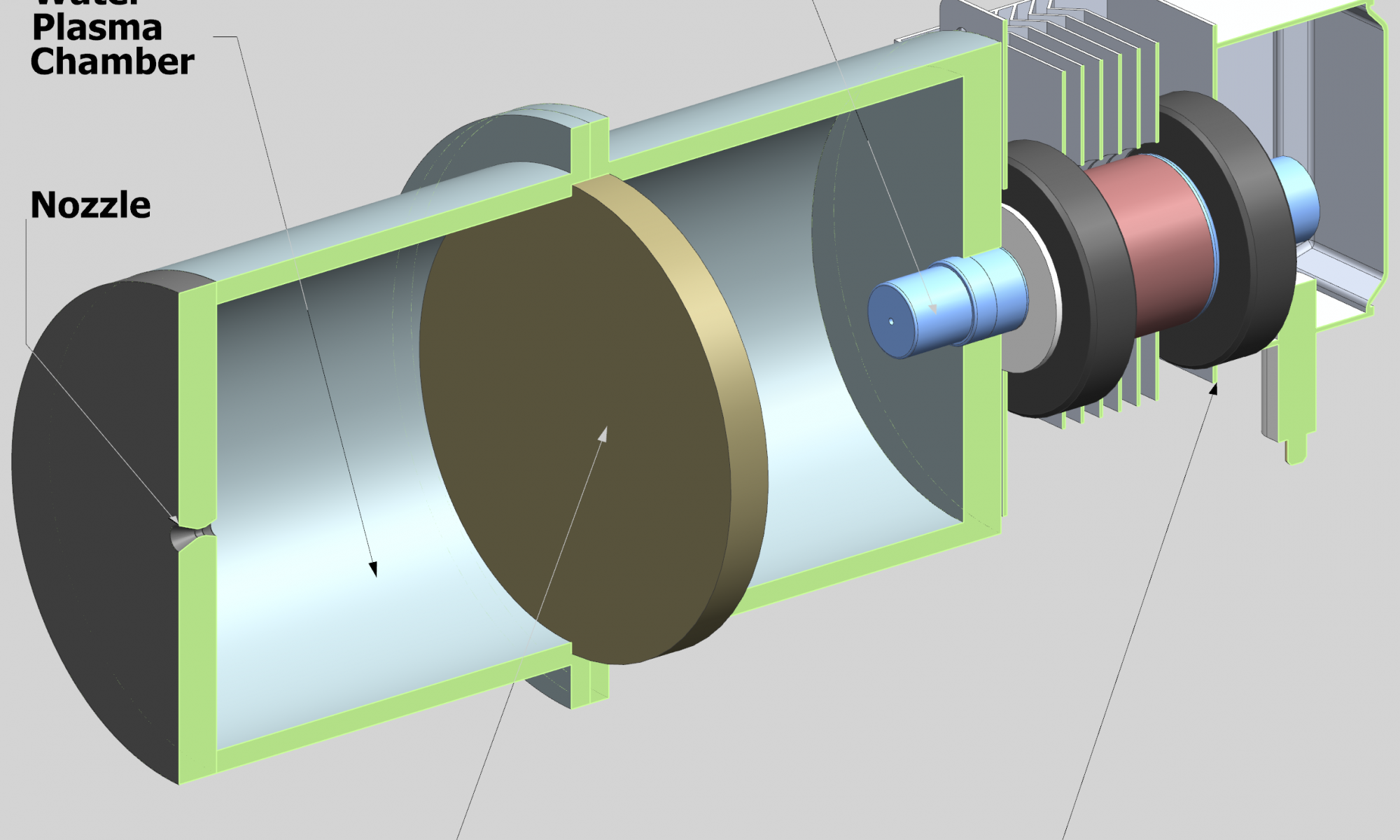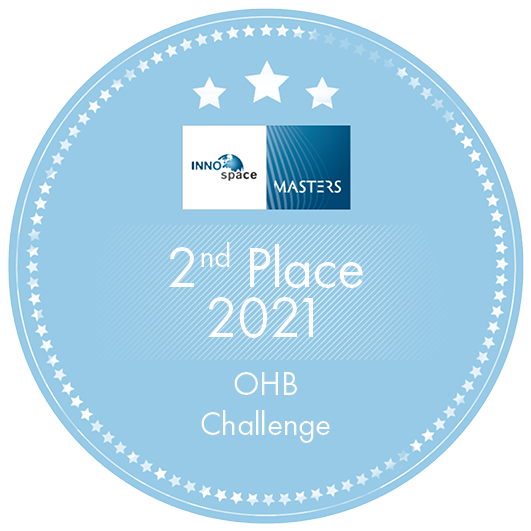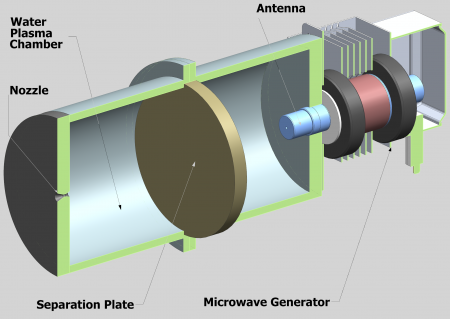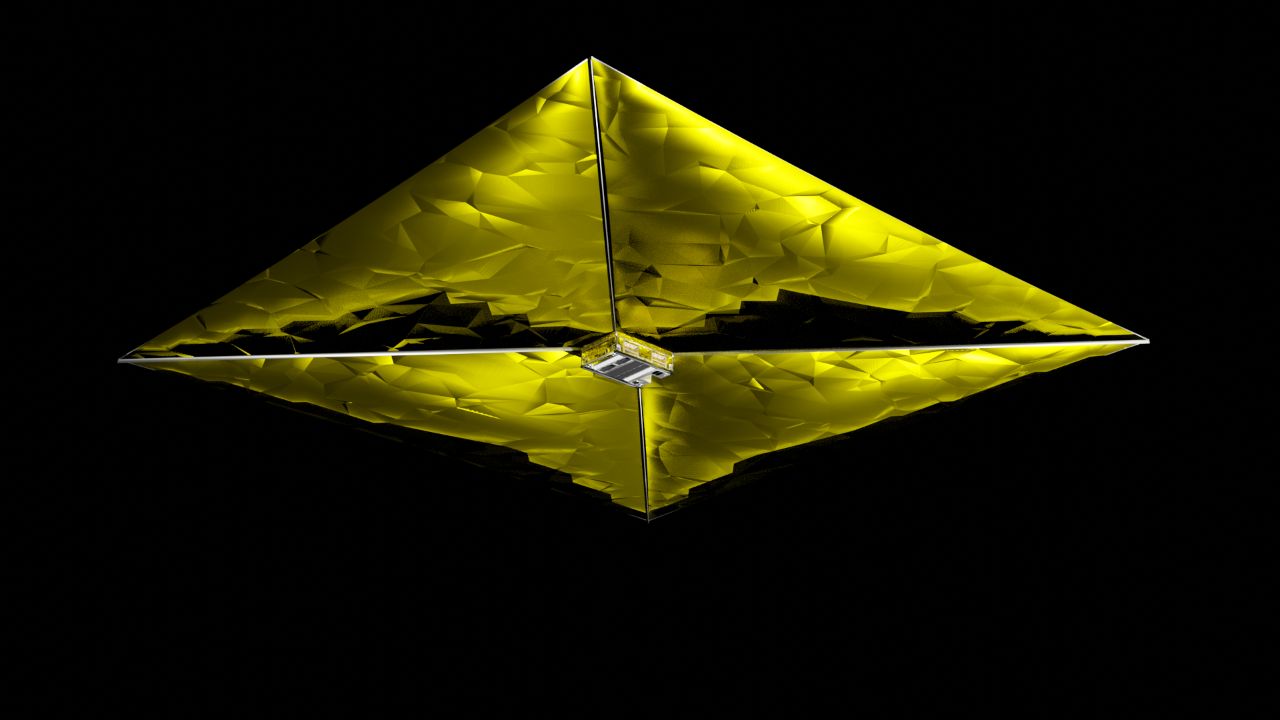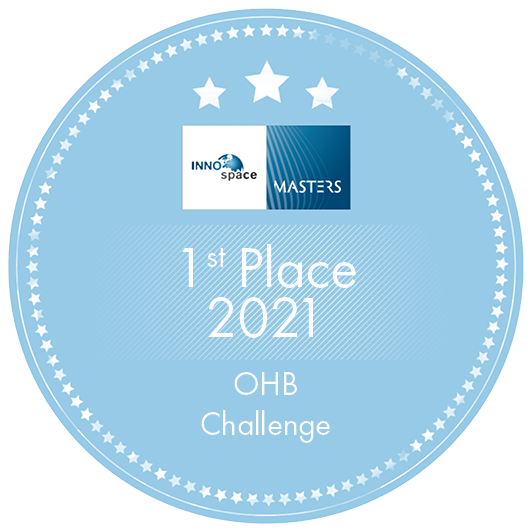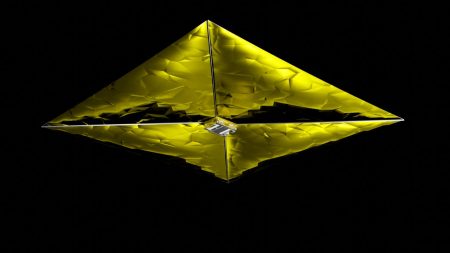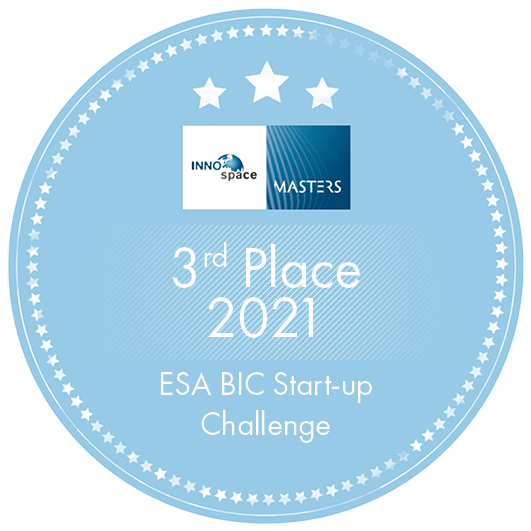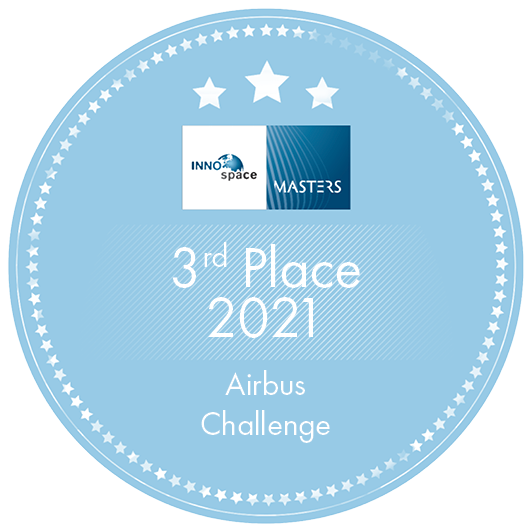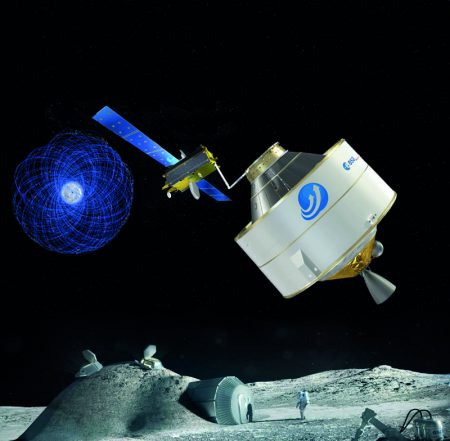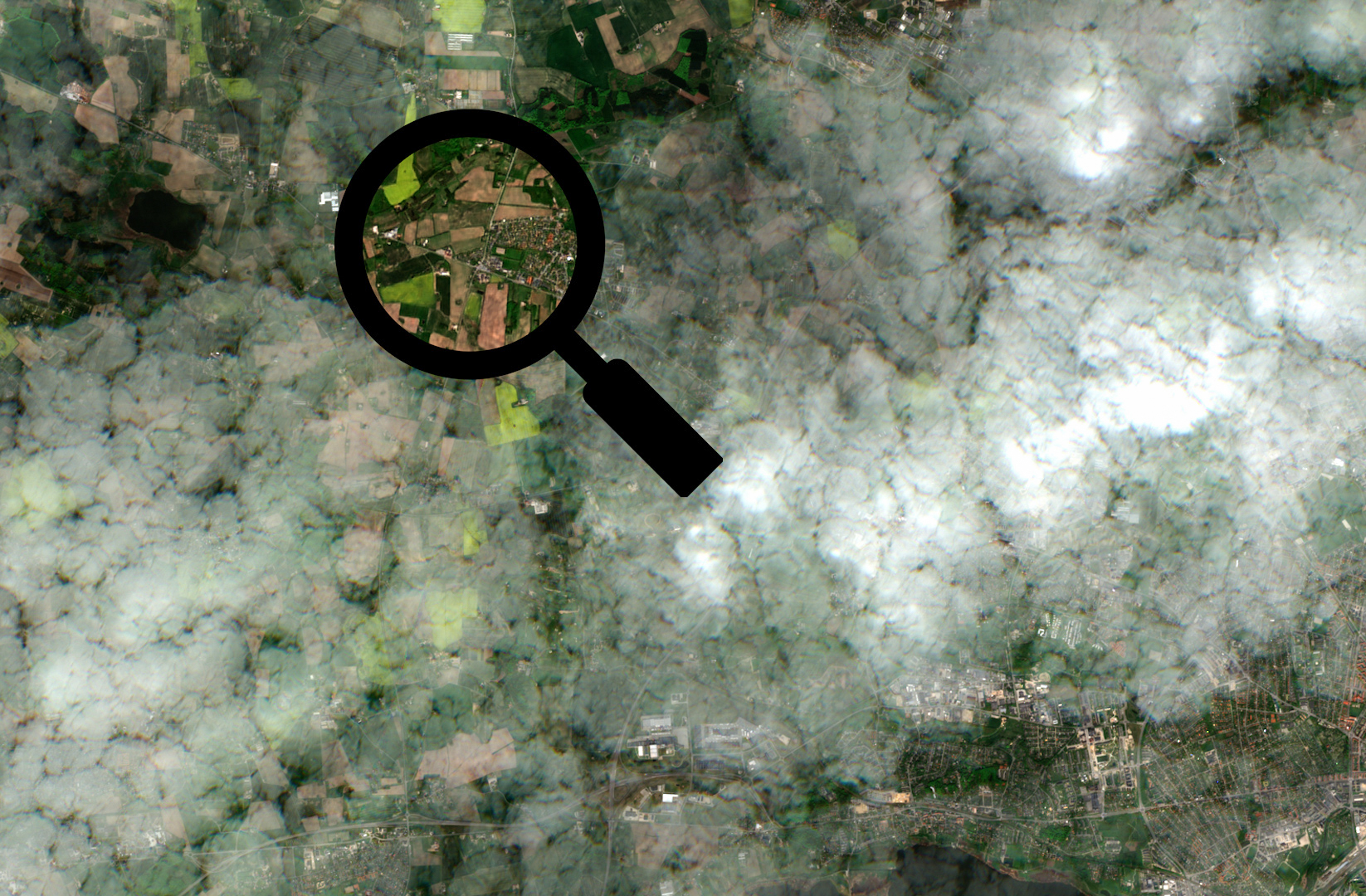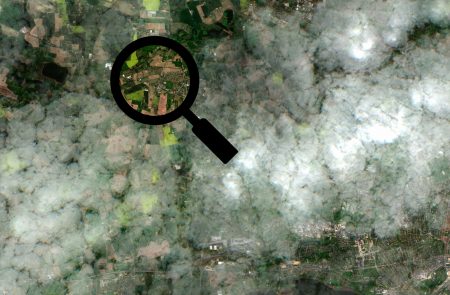Monitoring of traffic routes by a solar-electric-powered ultralight aircraft and innovative multi-sensor 3D capturing and processing technology

Extreme weather events such as storms and drought as well as pest infestation weaken the vegetation alongside railways and roads, which can endanger operational safety. The Deutsche Bahn invests up to 125 million euros each year in the inspection and management of the tree vegetation along the railway infrastructure. Elektra Solar and RealityMaps have developed a new geodata acquisition system that significantly improves existing technologies for assessing and monitoring the health condition of the vegetation alongside railways. It consists of an environmentally friendly, solar-electric-powered ultralight aircraft, a multi-sensor 3D camera system and AI-based data evaluation. This unique system makes it possible to record aerial images, 3D elevation, thermal imagery and multispectral data simultaneously in one flight. Productivity is much higher, while providing a similar spatial resolution to UAVs.
Benefits:
- Extremely efficient and environmentally friendly collection of spatial data from the air
- Detailed recording of the health condition of the vegetation with a multi-sensor 3D camera system
- Digitisation of up to 400 km of railways per day
- Also suitable for road management and monitoring of construction measures (BIM)
- Calculation of virtual 3D models and digital twins with a level of detail that has never been achieved before
3D RealityMaps GmbH
Prof Florian Siegert
siegert@realitymaps.de
www.realitymaps.de
Elektra Solar GmbH
Dr Sven Schmid
sven.schmid@elektra-uas.de
www.elektra-uas.de



